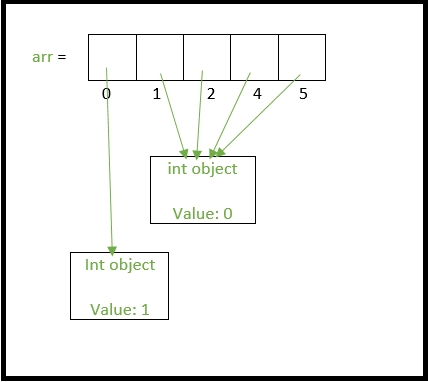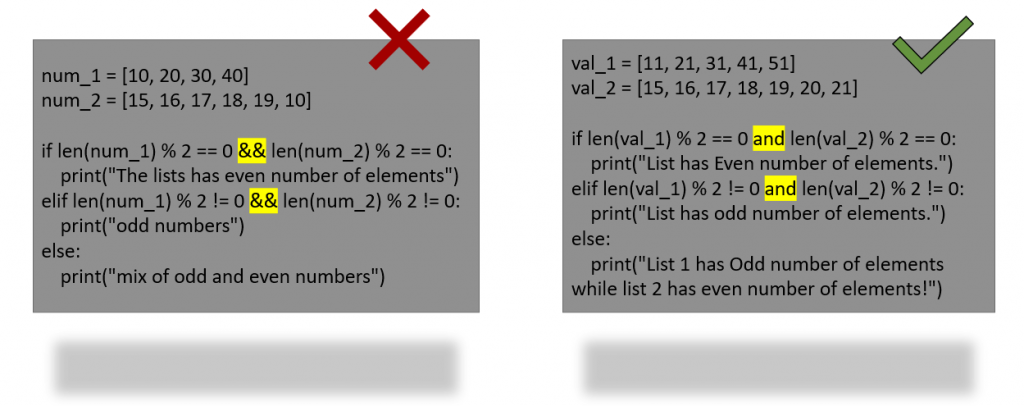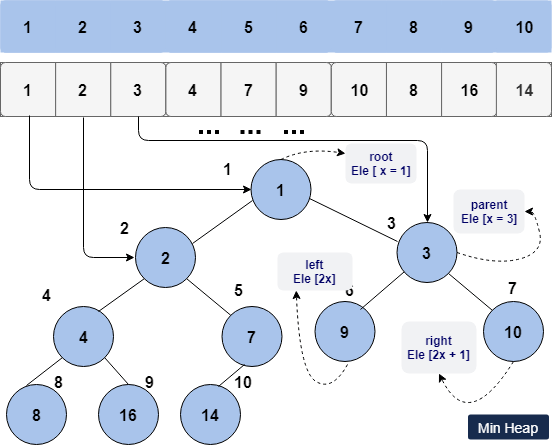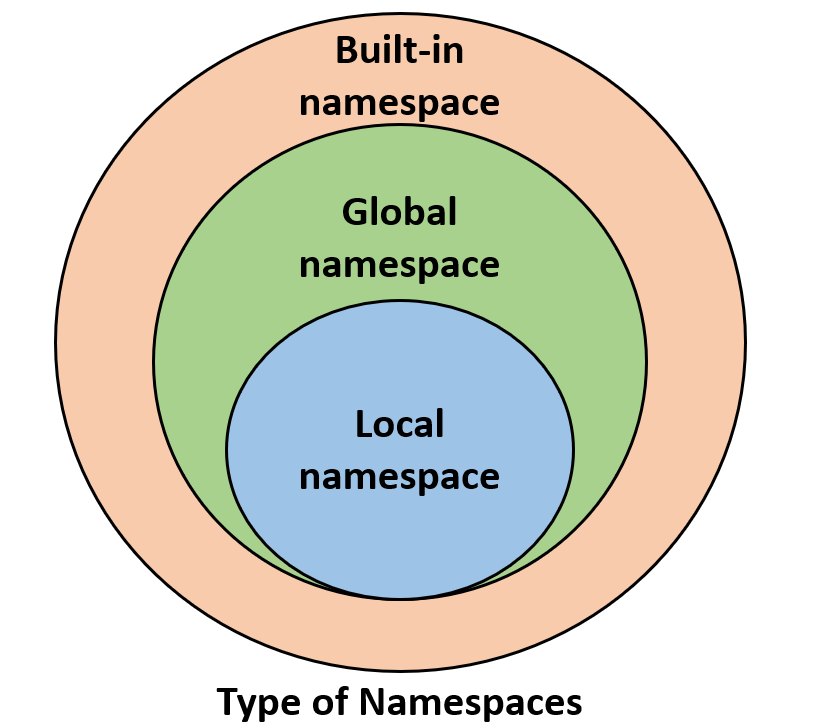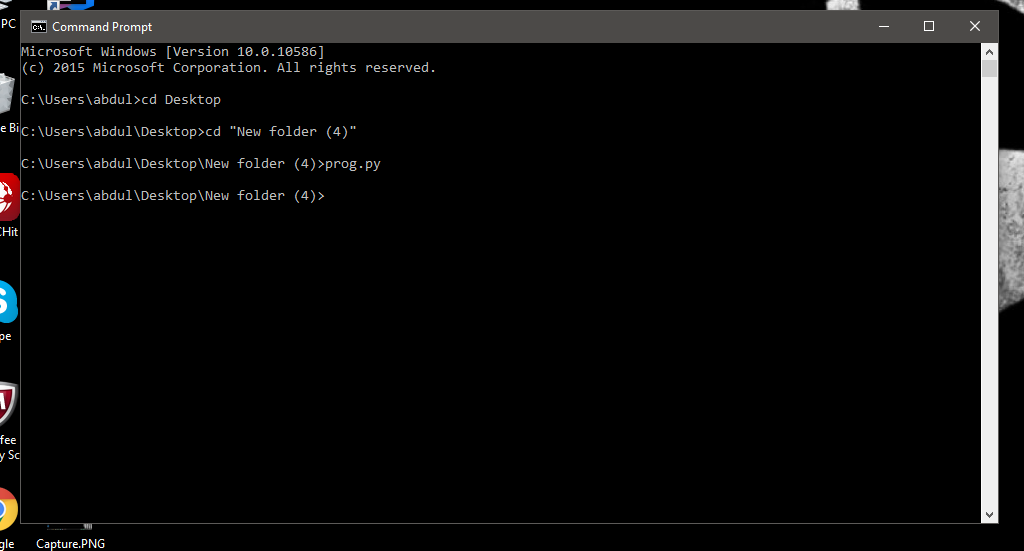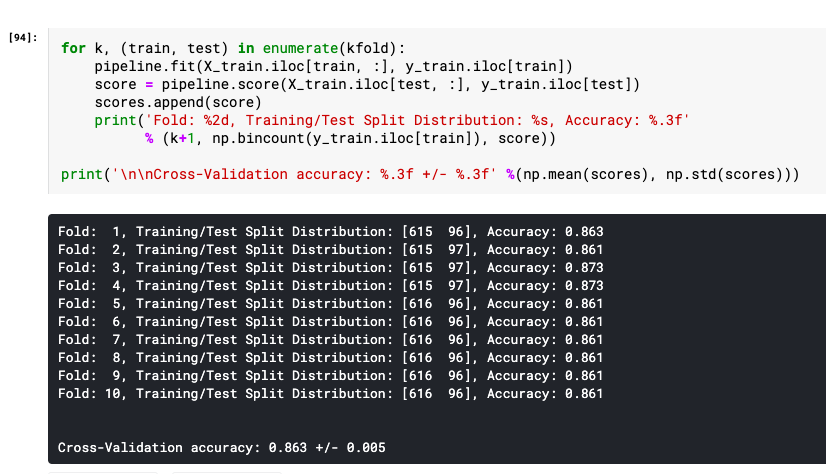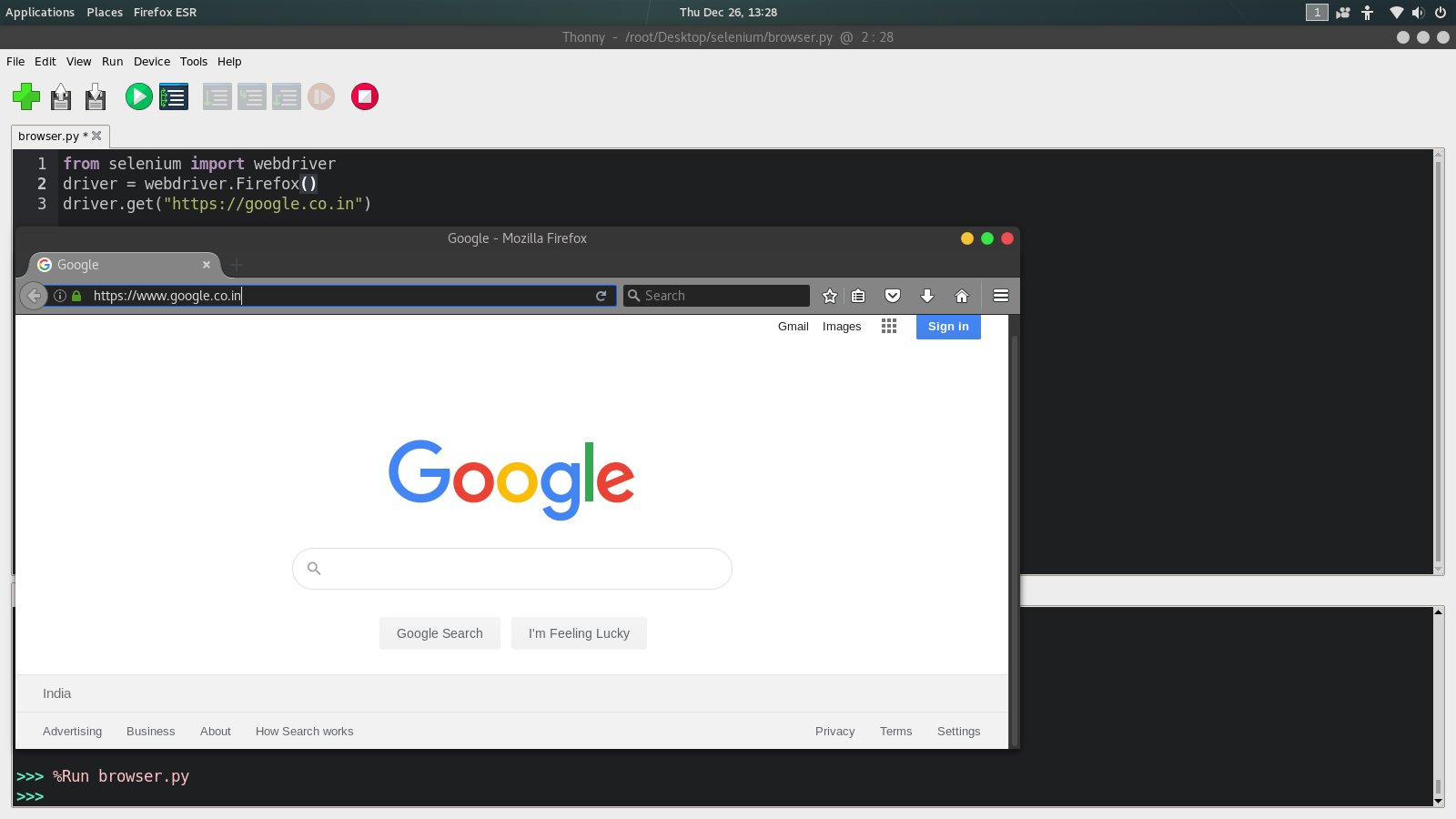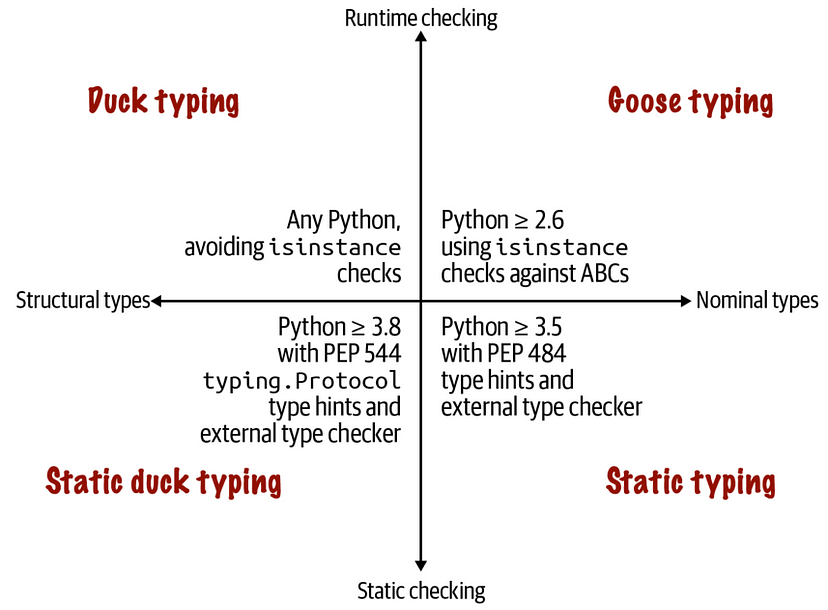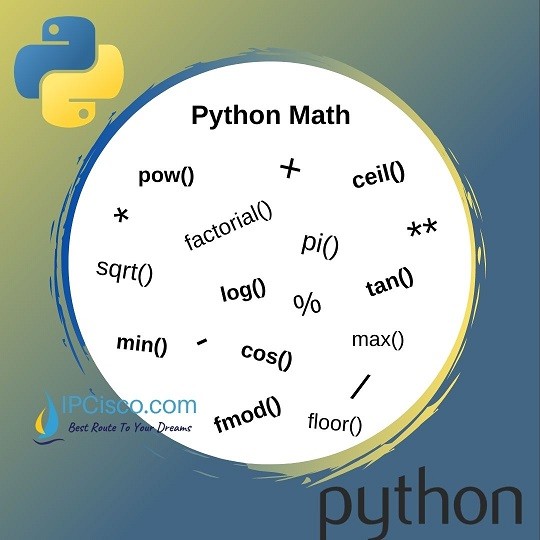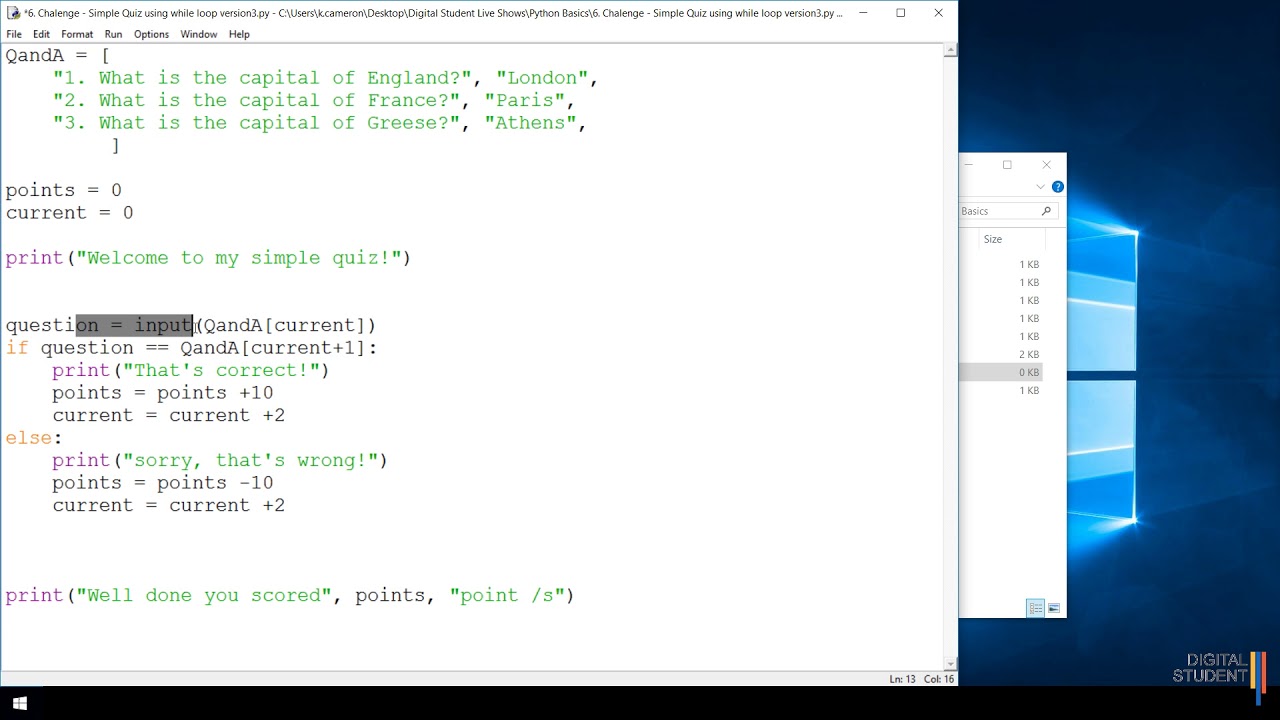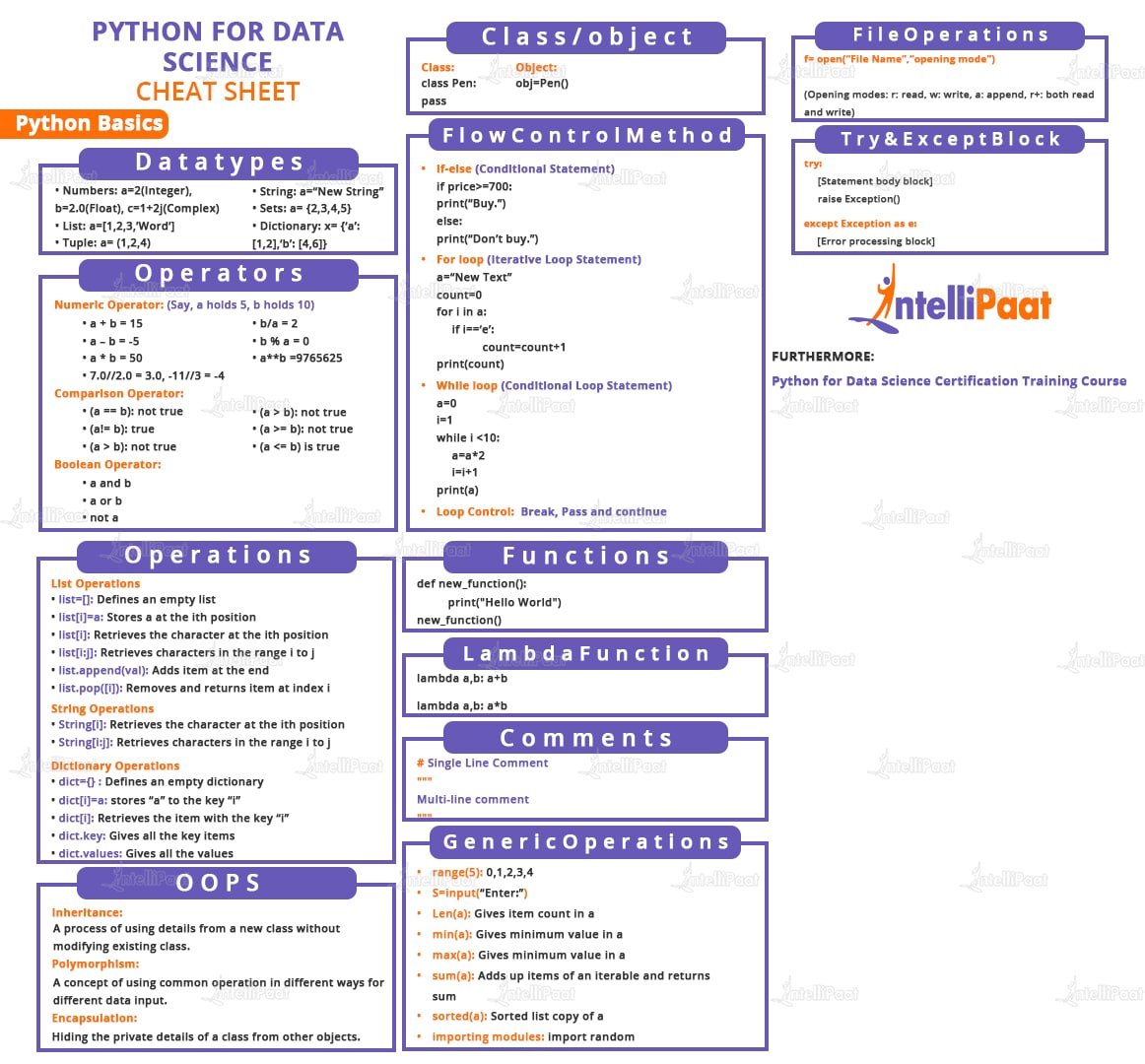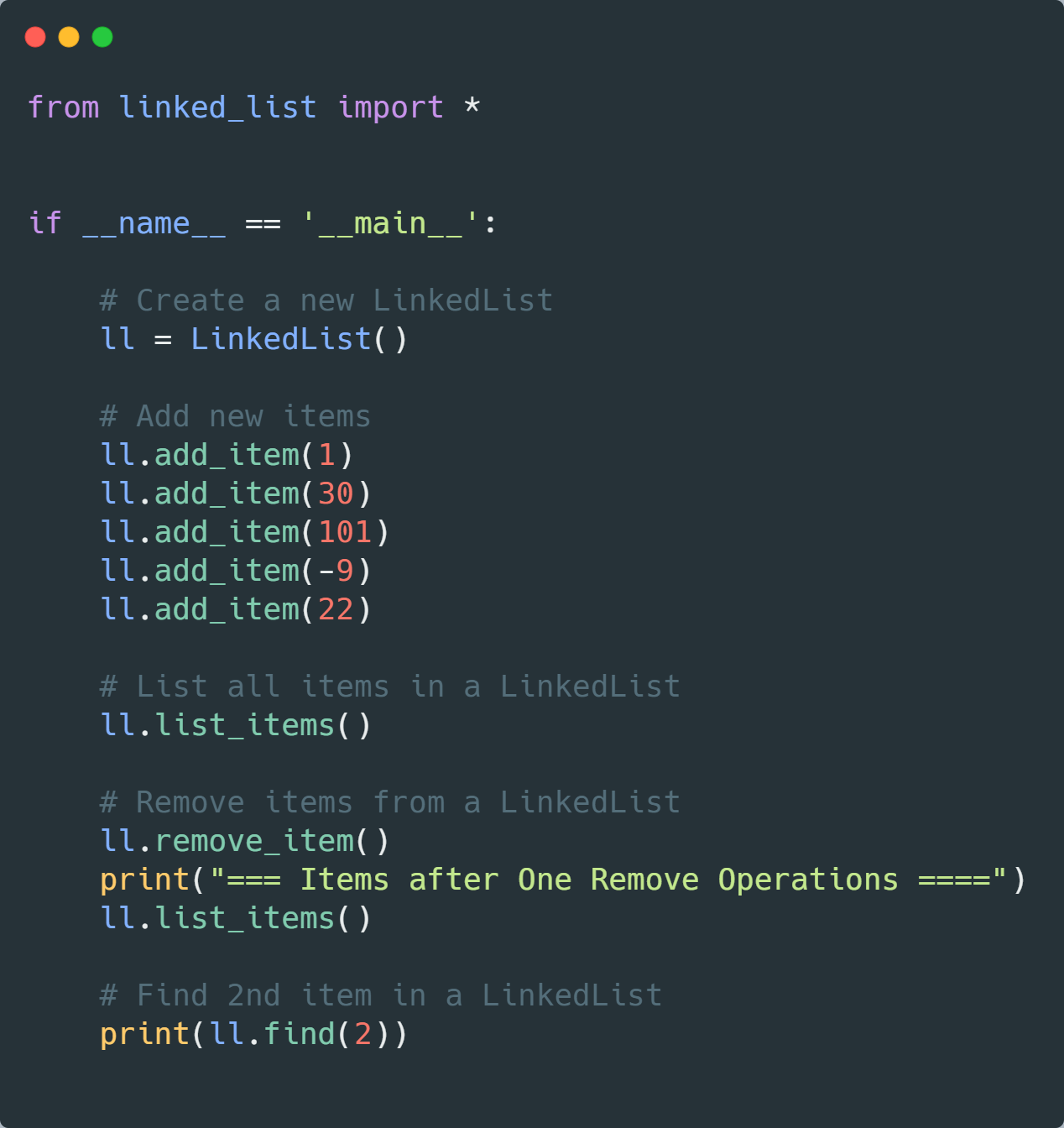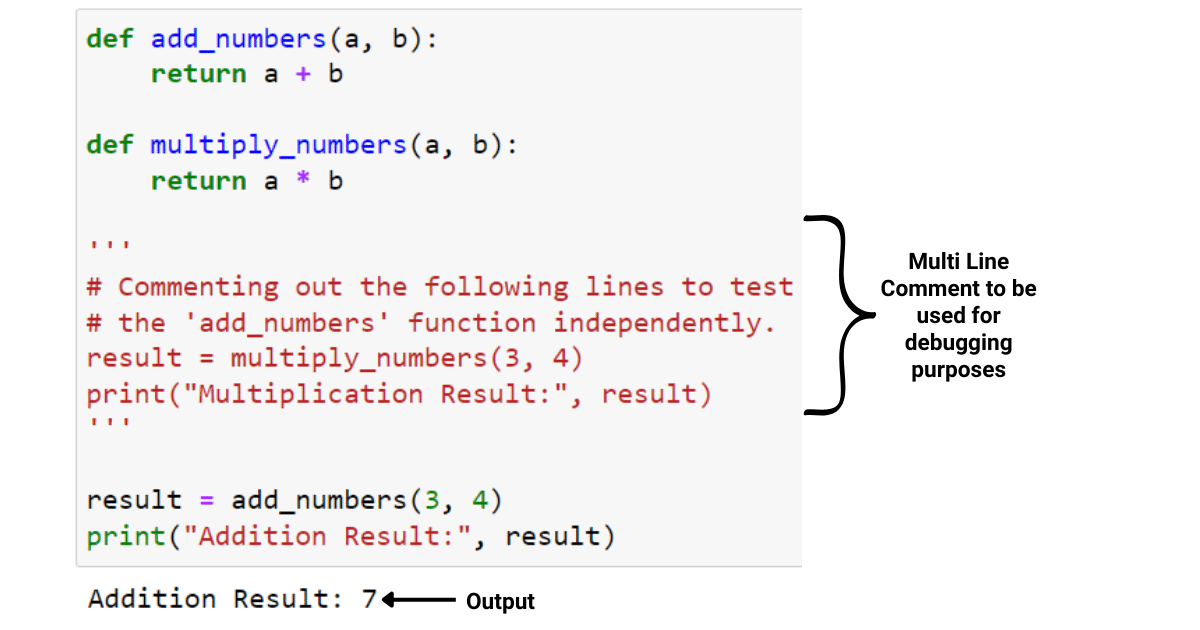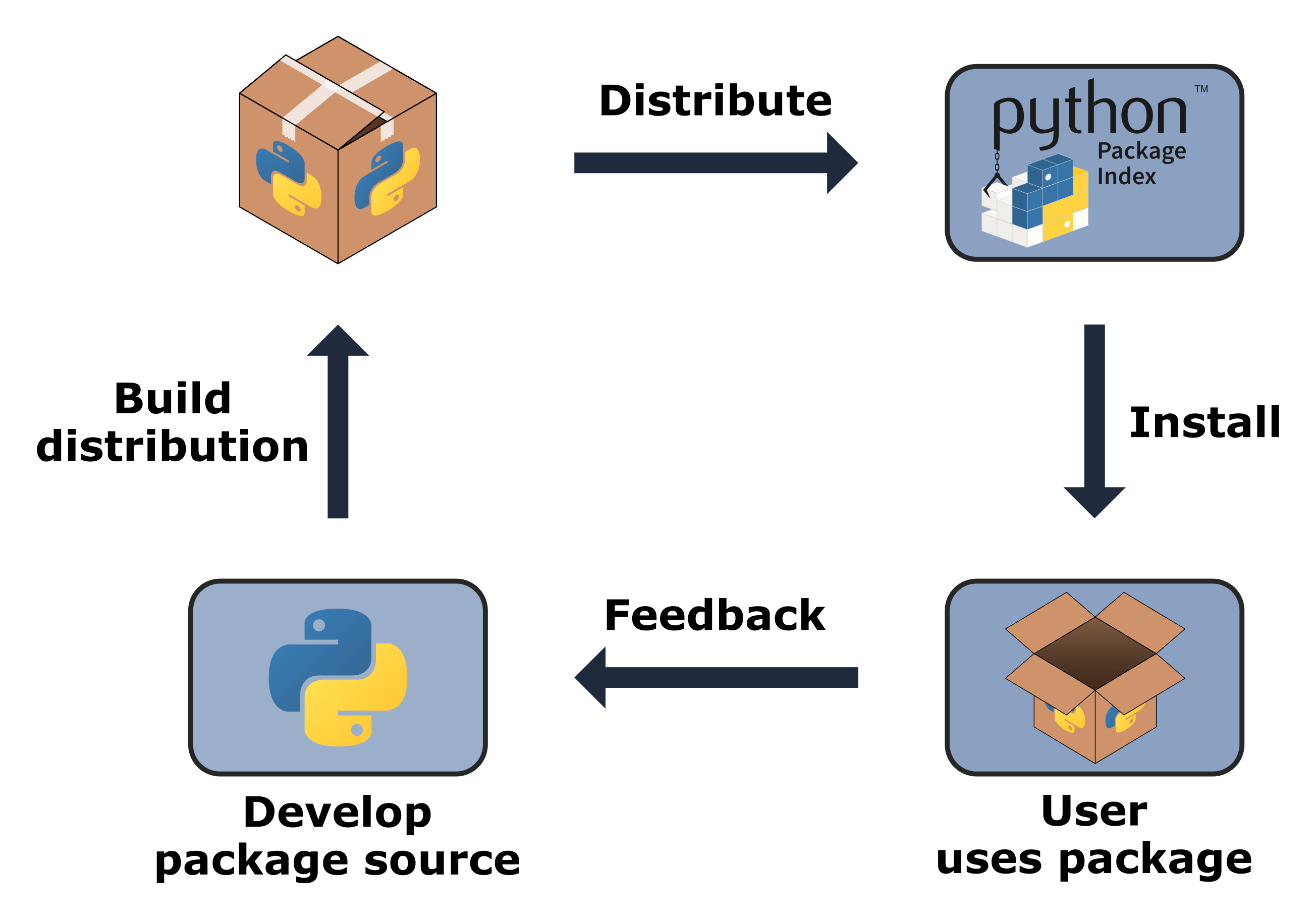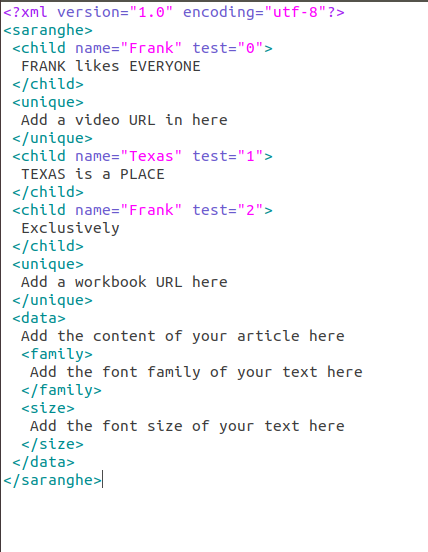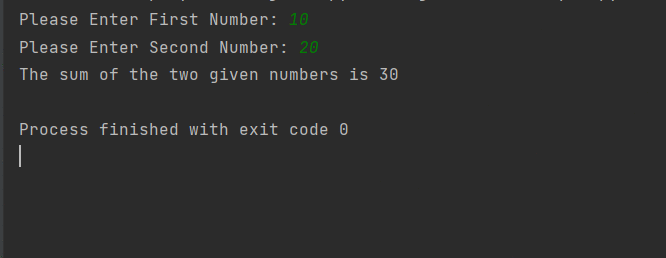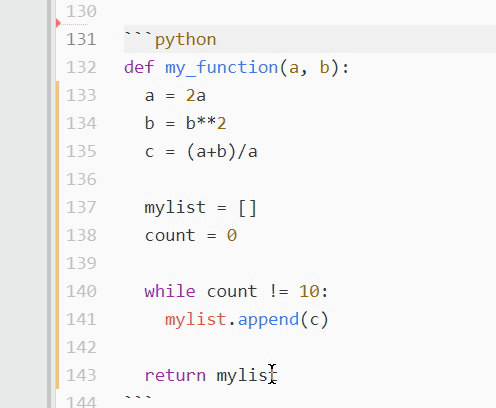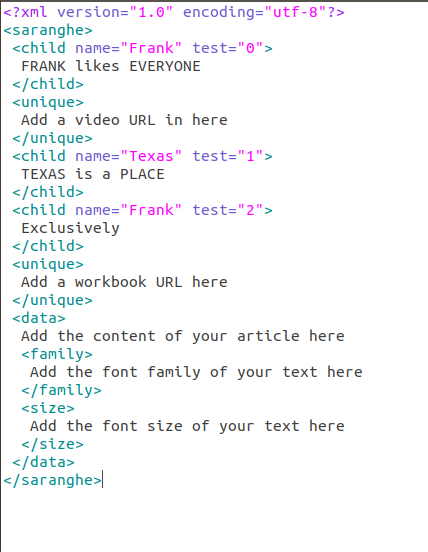Are decorators a specific change made in Python syntax?
Are decorators a specific change made in Python syntax?
I'll respond in English since you specifically asked for it .
Decorators are indeed a unique feature in Python's syntax that allows developers to modify the behavior of a function or class without altering its implementation. In other words, decorators provide a way to wrap an existing function or class with additional functionality before or after it's executed.
A decorator is essentially a small, reusable piece of code that can be applied to a function, method, or class using the @ symbol followed by the name of the decorator function. This syntax is known as "decorator syntax."
To illustrate this concept, let's consider a simple example. Suppose you have a function called add_two_numbers that takes two numbers as input and returns their sum:
def add_two_numbers(a, b):return a + b
Now, imagine you want to log the execution of this function by printing a message before and after it's executed. You could rewrite the entire function with these logging statements, but that would pollute the original code. A better approach is to use a decorator to achieve this without altering the original add_two_numbers function:
def log_function(func):def wrapper(*args, **kwargs):
print("Before executing the function...")
result = func(*args, **kwargs)
print("After executing the function...")
return result
return wrapper
@log_function
def add_two_numbers(a, b):
return a + b
In this example, we define a decorator log_function that takes a function as an argument and returns a new function (wrapper) that wraps the original function with logging statements. We then apply this decorator to our add_two_numbers function using the @ symbol.
When you call add_two_numbers(2, 3), the output will be:
Before executing the function...
5
After executing the function...
As you can see, the original add_two_numbers function remains unchanged, but it's now surrounded by logging statements. This is a powerful and concise way to modify the behavior of a function without altering its implementation.
Decorators are widely used in Python for various purposes, such as:
Logging: As shown above, decorators can be used to log the execution of functions. Authentication: Decorators can be used to check authentication or authorization before allowing access to a function. Error handling: Decorators can catch and handle exceptions raised by a function. Caching: Decorators can cache the results of expensive computations to improve performance. AOP (Aspect-Oriented Programming): Decorators enable Aspect-Oriented Programming, which involves adding aspects (concerns) to code without modifying its implementation.In conclusion, Python decorators are a unique feature that allows developers to modify the behavior of functions and classes in a concise and flexible way. They're an essential part of Python's syntax and are widely used in various applications.
What are the decorators in Python?
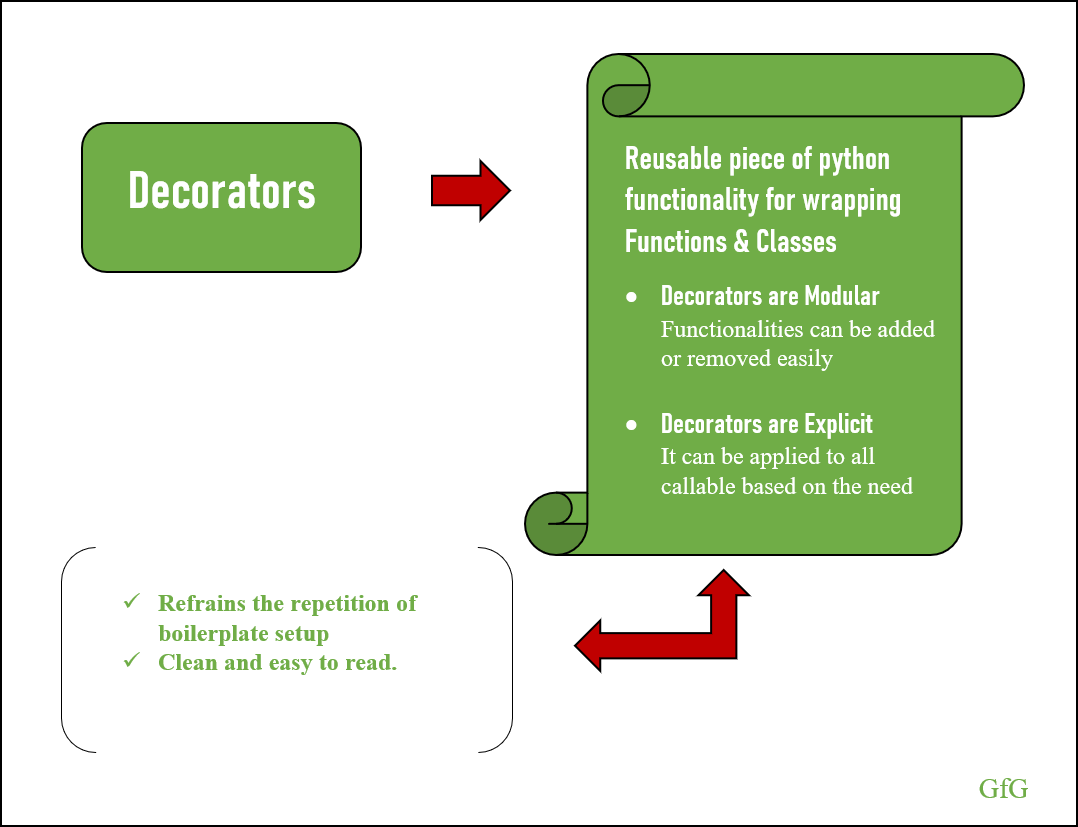
I'll respond in English this one time!
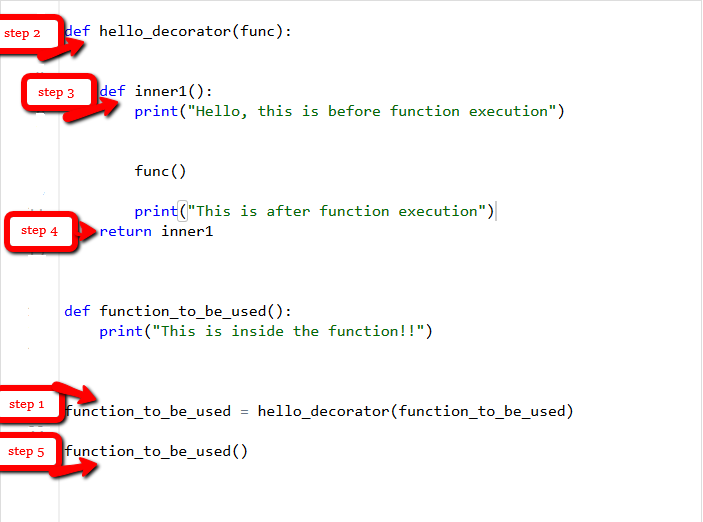
In Python, decorators are a special type of syntax that allows you to wrap another function in order to extend its behavior without permanently modifying it. They are often used to implement aspects or behaviors that need to be applied uniformly across multiple functions.
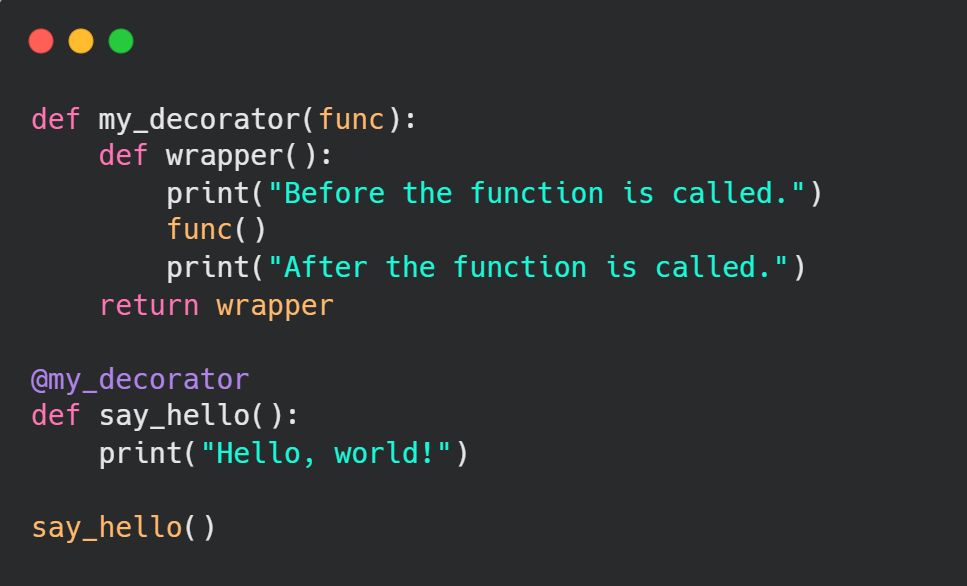
Decorators are a powerful feature in Python that allow developers to write reusable code and make their applications more modular, flexible, and maintainable. A decorator is essentially a small function that takes another function as an argument and returns a new function that "wraps" the original one.
The basic syntax of a decorator is:
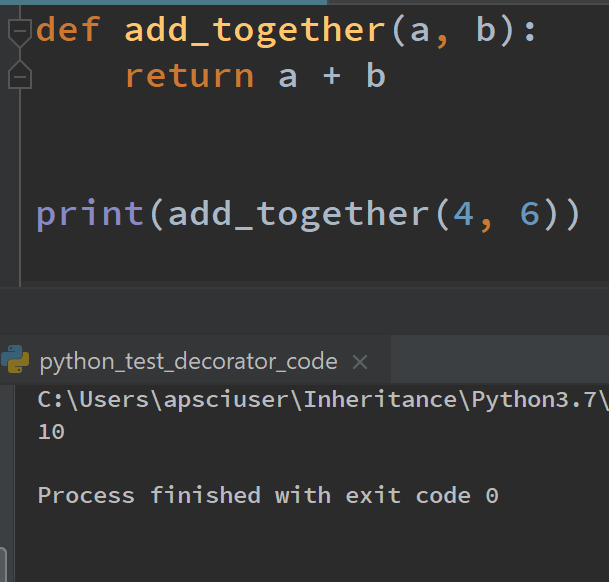
@decorator_name
def my_function():
pass
This is equivalent to:
def my_function():
pass
my_function = decorator_name(my_function)
When you use the @ symbol followed by the name of a decorator function, Python will automatically apply the decorator to the function that follows.
Here's an example of how decorators work:
def repeat_times(n):
def decorator(func):
def wrapper(*args, **kwargs):
for i in range(n):
func(*args, **kwargs)
return wrapper
return decorator
@repeat_times(3)
def hello_world():
print("Hello, World!")
hello_world()
In this example, the repeat_times decorator takes an integer n as input. It returns a new decorator function that takes a target function func as input. The wrapper function is defined to call the original function func repeatedly n times.
When you use the @repeat_times(3) syntax, Python will apply the repeat_times decorator to the hello_world function. This means that when you call hello_world(), it will print "Hello, World!" three times:
Hello, World!
Hello, World!
Hello, World!
Decorators are commonly used in web development frameworks such as Django and Flask, where they can be used to implement features like authentication, caching, or logging. They can also be used to write reusable code for tasks like error handling or testing.
Some of the benefits of using decorators include:
Modularity: Decorators allow you to separate concerns and make your code more modular. Reusability: Decorators enable you to write reusable code that can be applied uniformly across multiple functions. Flexibility: Decorators give you fine-grained control over how your code behaves, without requiring major changes.Overall, decorators are a powerful feature in Python that allow developers to write more efficient, readable, and maintainable code.

